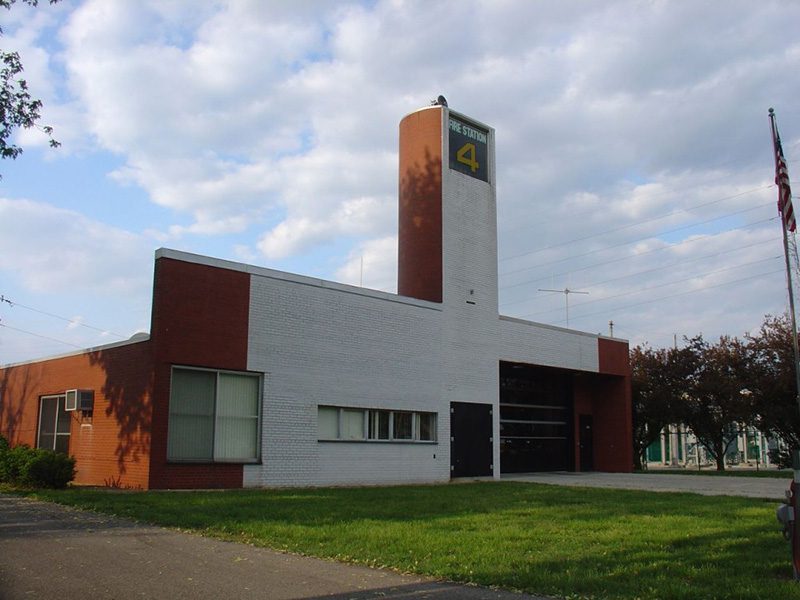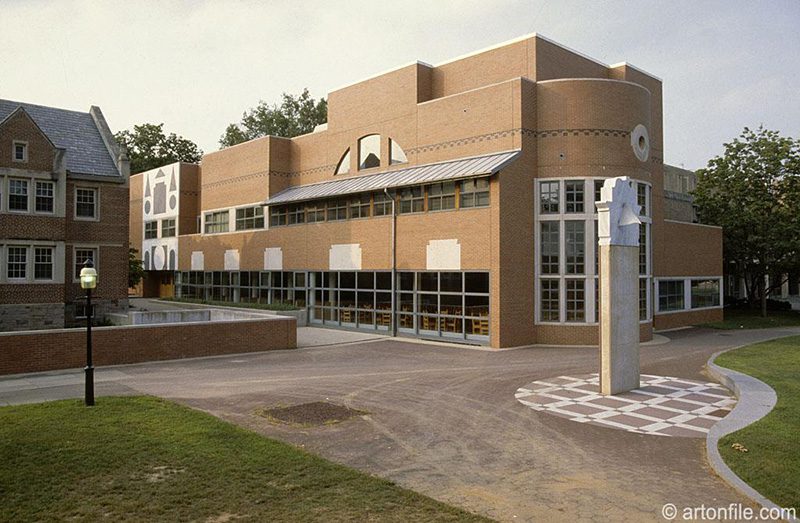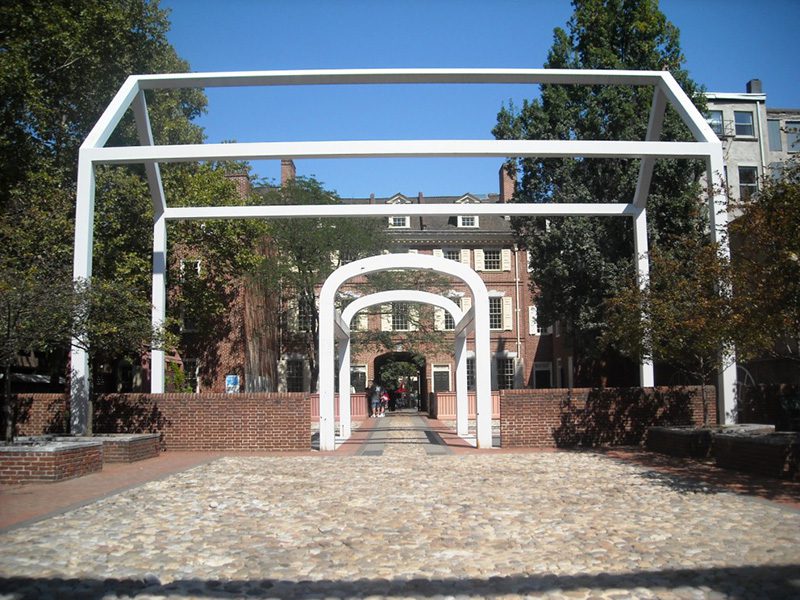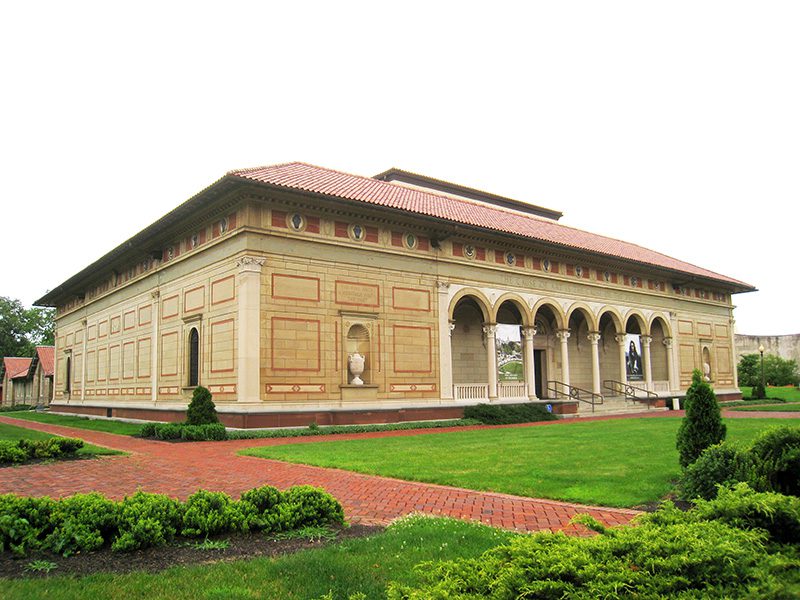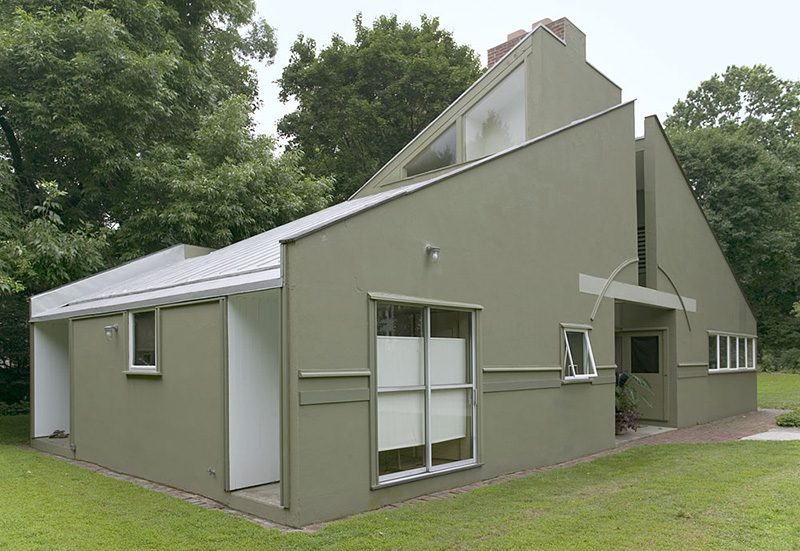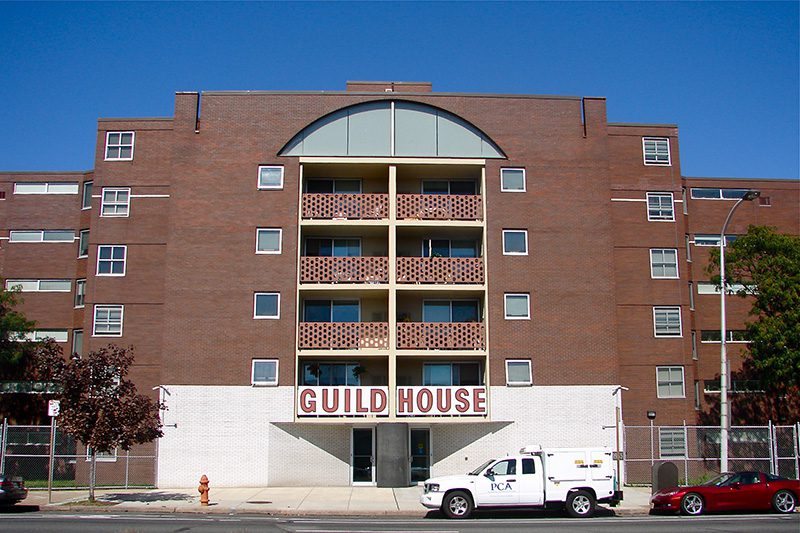ARCHITECTURE:Robert Venturi
 Robert Venturi (25/6/25-18/9/2018) is best known for being an innovator of Postmodern Architecture, he and his wife Denise Scott Brown have worked on a number of notable museum projects including the 1977 Oberlin addition, the Seattle Museum of Art, and the Sainsbury addition to the National Gallery in London. His architecture is characterized by a sensitive and thoughtful attempt to reconcile the work to its surroundings and function.
Robert Venturi (25/6/25-18/9/2018) is best known for being an innovator of Postmodern Architecture, he and his wife Denise Scott Brown have worked on a number of notable museum projects including the 1977 Oberlin addition, the Seattle Museum of Art, and the Sainsbury addition to the National Gallery in London. His architecture is characterized by a sensitive and thoughtful attempt to reconcile the work to its surroundings and function.
By Dimitris Lempesis
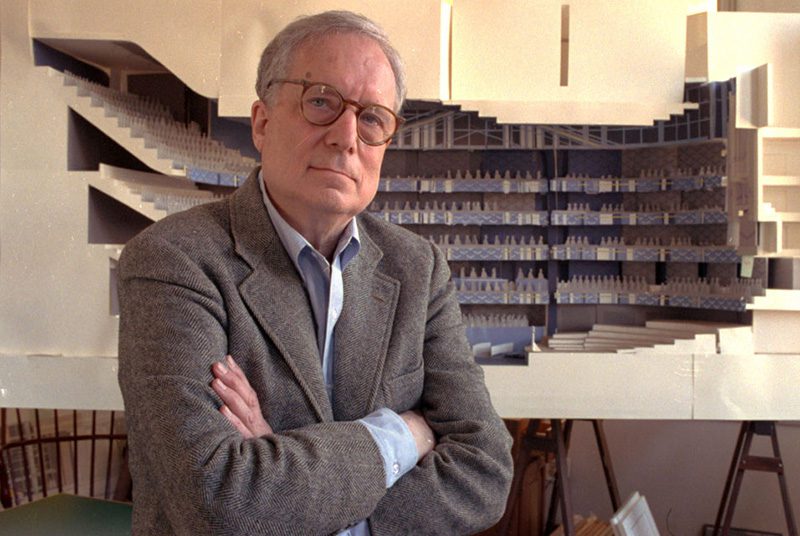 Robert Venturi is considered to be one of the foremost Postmodern architects currently working. He graduated from Princeton University in 1947 and won the D’Amato Prize in Architecture, he received his M.F.A. from Princeton in 1950. His early experiences were under Eero Saarinen, who designed the famous Gateway Arch in St. Louis, and Louis Kahn, famous for his museum design at the Kimbell Art Museum in Texas and at Yale University. Venturi is also very well known for his theoretical work in architecture. “Complexity and Contradictions in Architecture” (1966), is his “gentle manifesto” against what he termed “the puritanically moral language” of late modernism. The second book “Learning from Las Vegas” (1972) presented the idea of the ‘decorated shed’ and the ‘duck’ as opposing forms of architecture. One of his first projects to be built that captured the attention of the architectural community was the Vanna Venturi house and is considered one of his masterworks. Its façade, like that of the Allen addition, features a pastiche of architectural styles. The Sainsbury Wing of the National Gallery in London is another notable building of Venturi’s. Prince Charles, notorious for his dislike of new architecture, called the building, “an egg on the face of a distinguished lady”. In 1989, it received the American Institute of Architecture’s Twenty-five Year Award as a design of “enduring significance that has withstood the test of time”. Other well-known works include: Guild House (1964) in Philadelphia, comprised of 91 apartment units for the elderly, the Allen Memorial Art Museum (1976) in Oberlin, Ohio, the extension to Britain’s National Gallery of Art, begun in 1986 in London, and the recent Seattle Art Museum (1991). Venturi was awarded the Pritzker Prize in 1991. He has held teaching positions at Yale and Harvard, and is still active in his practice. He is currently involved with commissions around the world for museums, academic plans and buildings, and various civic buildings.
Robert Venturi is considered to be one of the foremost Postmodern architects currently working. He graduated from Princeton University in 1947 and won the D’Amato Prize in Architecture, he received his M.F.A. from Princeton in 1950. His early experiences were under Eero Saarinen, who designed the famous Gateway Arch in St. Louis, and Louis Kahn, famous for his museum design at the Kimbell Art Museum in Texas and at Yale University. Venturi is also very well known for his theoretical work in architecture. “Complexity and Contradictions in Architecture” (1966), is his “gentle manifesto” against what he termed “the puritanically moral language” of late modernism. The second book “Learning from Las Vegas” (1972) presented the idea of the ‘decorated shed’ and the ‘duck’ as opposing forms of architecture. One of his first projects to be built that captured the attention of the architectural community was the Vanna Venturi house and is considered one of his masterworks. Its façade, like that of the Allen addition, features a pastiche of architectural styles. The Sainsbury Wing of the National Gallery in London is another notable building of Venturi’s. Prince Charles, notorious for his dislike of new architecture, called the building, “an egg on the face of a distinguished lady”. In 1989, it received the American Institute of Architecture’s Twenty-five Year Award as a design of “enduring significance that has withstood the test of time”. Other well-known works include: Guild House (1964) in Philadelphia, comprised of 91 apartment units for the elderly, the Allen Memorial Art Museum (1976) in Oberlin, Ohio, the extension to Britain’s National Gallery of Art, begun in 1986 in London, and the recent Seattle Art Museum (1991). Venturi was awarded the Pritzker Prize in 1991. He has held teaching positions at Yale and Harvard, and is still active in his practice. He is currently involved with commissions around the world for museums, academic plans and buildings, and various civic buildings.

